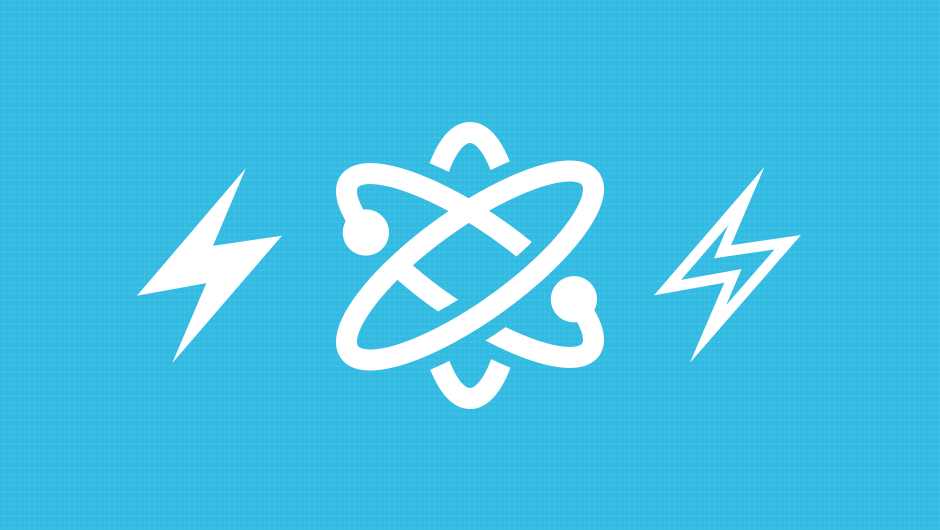-
Kailash

A fast-loading website may not necessarily be the first thing that is brought to the front of your mind when thinking of your business’ website. However, without paying any attention to your site’s speed you could be building a barrier between you and an ocean of potential customers that are just too impatient to wait that second or two longer.
According to Web Performance Today, a site that loads in just 3 seconds will still experience a 22% decrease in conversions, a 50% higher bounce rate, and 22% fewer page views than a site that loads in 1 second. 57% of visitors will also completely abandon a page that takes longer than 3 seconds to load.
Conversion rates will suffer a drastic amount if a page loads too slowly – there is a 7% reduction in conversion if a page is delayed. However, Mozilla Firefox were able to increase download conversions by 15.4% when they reduced their loading time by 2.2 seconds.
A couple of tools that could help you check your loading times are Google PageSpeed and Pingdom, however don’t focus on how your website scores, it’s the speed that matters.
Here are the top 10 ways to improve your website speed…
10. Use Cookie-less Domains

Your static content (images, javascript, css) doesn’t need to be accompanied by cookies. Every time a HTTP request is sent, all associated cookies for that domain will have to be sent with it, slowing down the process due to the unnecessary amount of data.
To fix this issue, you could host your static files on a cloud that uses a CDN, such as CDNify.
9. Google PageSpeed
All you need to do with this one is set it up – Google PageSpeed works automatically by improving web page latency and bandwidth usage without adjusting any of your content.
8. Minimise RTTs (Round-Trip-Times)

The RTT of a website is the time it takes for a request sent by an end user to be confirmed and fulfilled by the website. Many issues affect this rate, such as the amount of traffic and requests. Google have created an incredibly detailed set of instructions to help your website over at Google’s Make the Web Faster.
7. Add an Expires Header
While most caching systems take care of this, you would still have to look into implementing expiry headers. Static content for example would need to apply a “never expire” policy by setting far future “Expires” header, but for dynamic components use an appropriate “Cache-Control” header.
6. Use Plugins

There are many plugins that could help with increasing the page speed of your website. If you’re using WordPress, the best option would be to use the W3 Total Cache plugin which easily optimises browser caching.
5. Get Rid of Useless Plugins

Possibly the simplest option of the entire list. Having an enormous catalogue of plugins results in a slower website because they would each be downloading different files. All you would need to do is perform a plugin audit to see which plugins aren’t needed.
4. Optimise Your Images
A large amount of images on your website slows it down, making it load at snail-pace. Optimising your photos to make the file size smaller could significantly reduce loading time. For WordPress users, you could optimise all your photos at once in the media library; for everyone else, you can use Kraken: An easy way to upload, optimise, and utilise faster images.
3. Use a Fast Web Host

If you have a sizeable amount of traffic to your website, being on a low budget host such as GoDaddy wouldn’t be a good idea as they’re not inclined to deal with large quantities of traffic. Great host servers to use would be SingleHop. WordPress users can use WP Engine.
2. Compress the Website
Compressing your entire website through GZipping could reduce response time by about 70%. It’s generally an easy way of reducing loading time and there are many different plugins that could compress your site for you.
1. CDN ALL THE THINGS!

The number one way to improve the speed of your site is to use a Content Delivery Network. With CDNify you can disperse your content all over the globe, so users accessing your site can grab pages from the nearest server. A CDN not only supercharges content, but improves SEO as algorithms take speed into consideration when ranking content.
For more information on how CDNify can improve your site’s speed, visit cdnify.com.